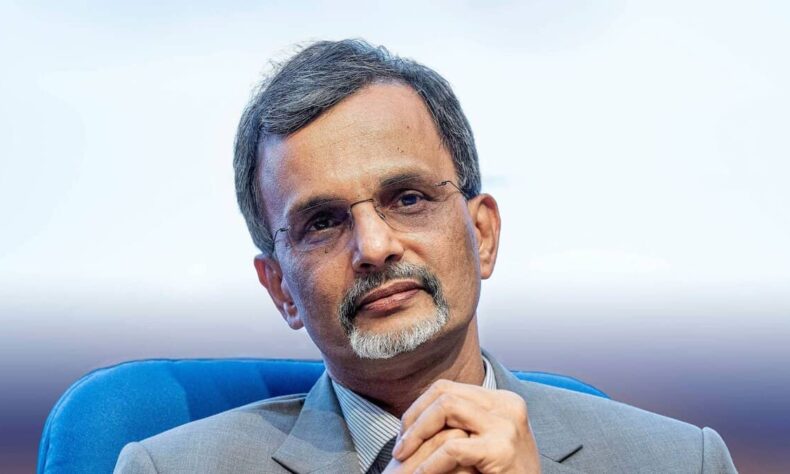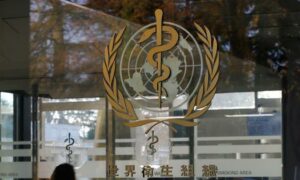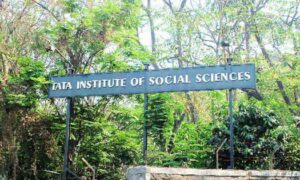
New Delhi: Chief Economic Advisor V Anantha Nageswaran on Friday exuded confidence that the Indian economy will grow at 6.3-6.8 per cent in the current fiscal as proposed GST rate cut is expected to aid consumption, even though steep US tariffs pose a downside risk.
Briefing reporters after the April-June GDP growth data was released by the statistics ministry, Nageswaran also said that the 25 per cent penal tariff imposed by the US on Indian goods will be “short-lived” as both the countries are currently negotiating on it.
“There is some uncertainty with respect to the additional tariff with respect to the Russian crude oil would last, but in general conversation is going on, and there is expectation that we will see some kind of a resolution in not so distant future. We do believe that growth target for current fiscal, especially in lines of strong showing by economy in first quarter, we retain the 6.3-6.8 per cent range for current fiscal,” Nageswaran said.

The Indian economy grew at 7.8 per cent in the first quarter (April-June) of current fiscal, much faster than the RBI’s estimate of 6.5 per cent. RBI expects FY26 growth to be at 6.5 per cent.
The Economic Survey tabled in parliament in January had projected real economic growth of 6.3-6.8 per cent for FY26.
“There could be some downside risks to the (growth) projections if the (penal) tariffs remains for a longer period, but we are hopeful it would be resolved sooner,” he said.
The US has imposed a 50 per cent tariff on Indian goods, which includes a 25 per cent penalty for Russian oil imports, which has come into effect from August 27.
Nageswaran said the impact of penal tariffs in economic activity would be concentrated in second quarter (July-September).
“The removal of the uncertainty may unleash higher growth in the third and fourth quarters compensating the impact of second quarter,” Nageswaran said, adding that it is difficult to estimate the downside impact of high tariffs on growth as the situation is uncertain.


Various private sector estimates put the downside risks to GDP growth in the range of 0.2-1 per cent if high tariffs continue.
Nageswaran said that there will be some “negative shock” to manufacturing growth numbers in the July-September quarter but it is difficult to predict how big the impact would be. Manufacturing sector grew at 7.7 per cent in the Q1 of FY26.
There are apprehensions that businesses have front-loaded their manufacturing in the April-June quarter and made shipments to the US before the 25 per cent penal tariff kicked in.
Overall aggregate demand growth in economy should hold up because specifically in the face of external demand risks that we are facing, the government’s decision to lower indirect taxes will see a pick up in consumption once the new lower GST rates are announced by the end of next week.
The GST Council, comprising Centre and state, will meet on September 3-4 to deliberate on bringing down slabs to two (5 and 18 per cent, and a 40 per cent rate on sin and ultra-luxury goods) from current four (5, 12, 18 and 28 per cent, plus a compensation cess).
Nageswaran said the government is committed to maintaining fiscal prudence and aims to achieve fiscal targets for the current year despite the revenue loss due to GST rate cuts.
This article first appeared on Siasat.com
📰 Crime Today News is proudly sponsored by DRYFRUIT & CO – A Brand by eFabby Global LLC
Design & Developed by Yes Mom Hosting






